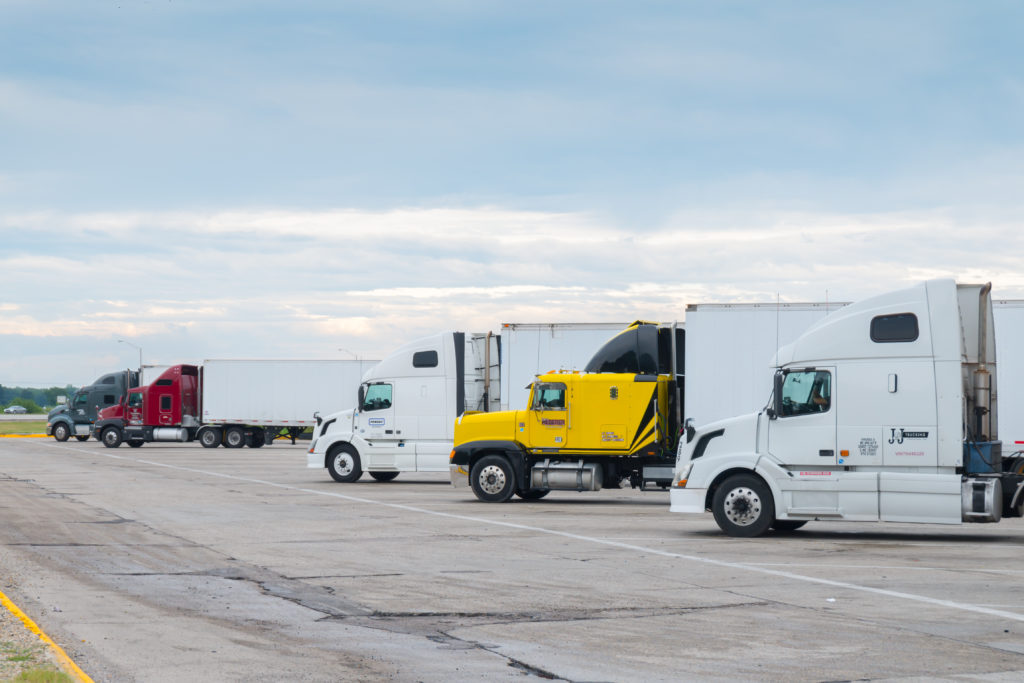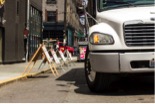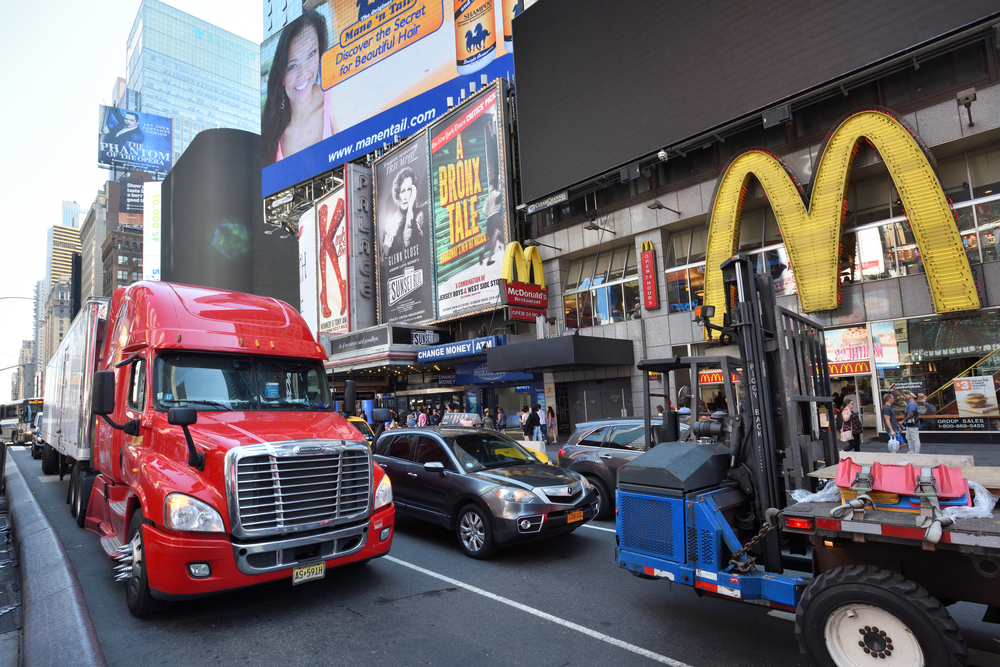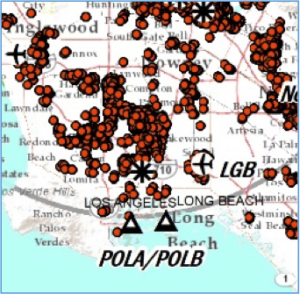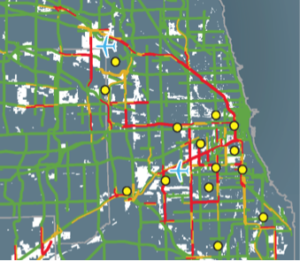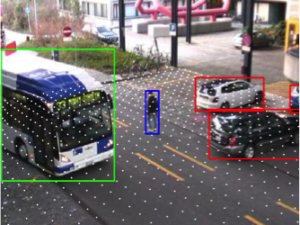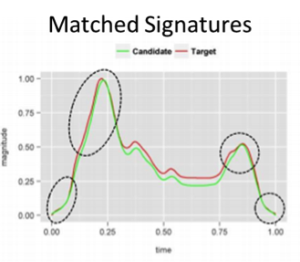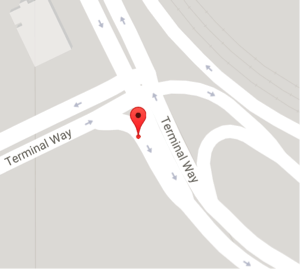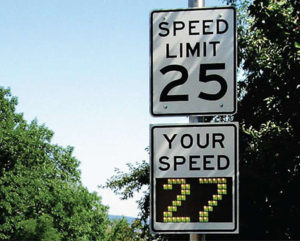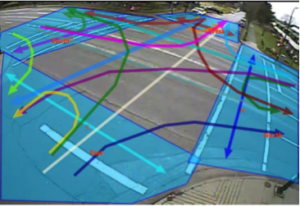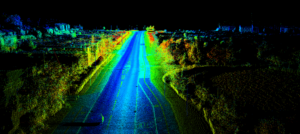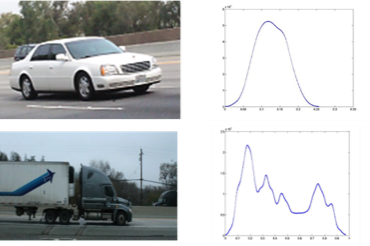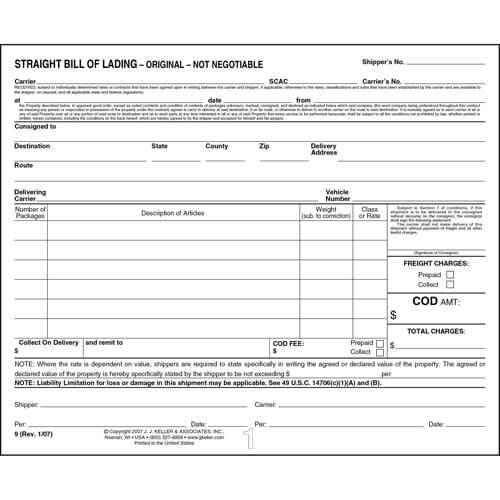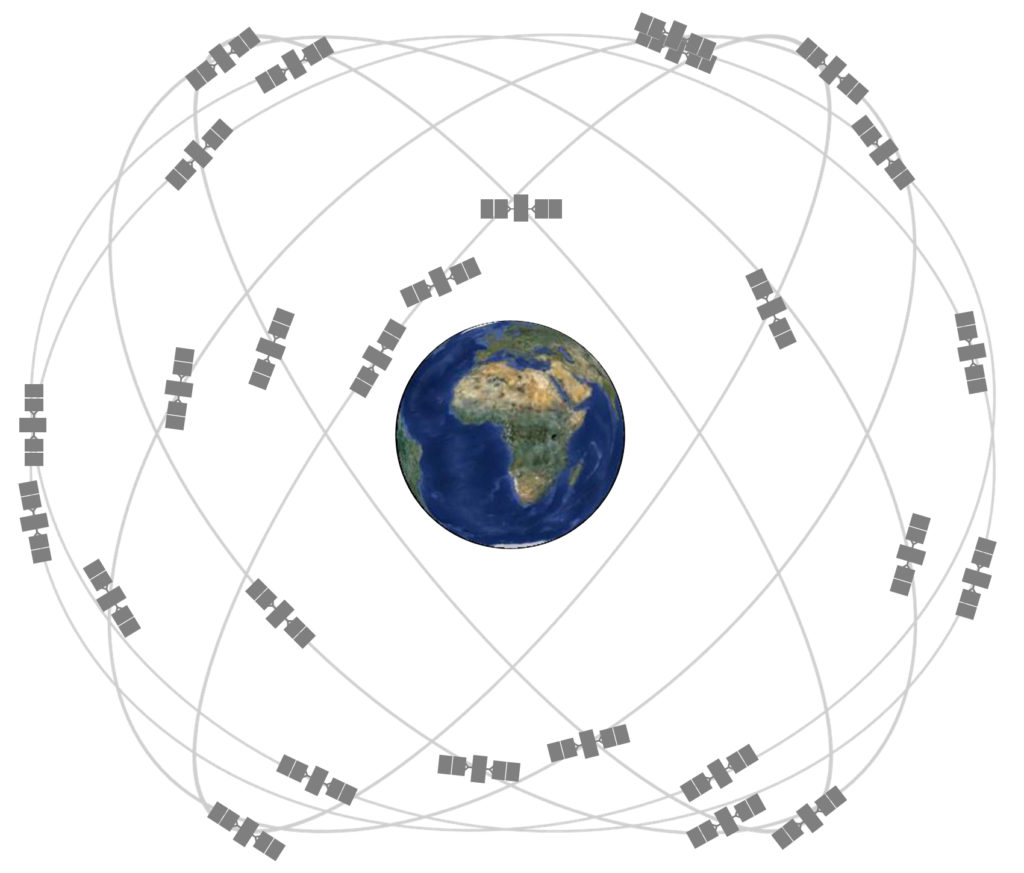A key finding of this research is the concept of data fusion, or the combination of data from multiple sources to generate new actionable insights. For example, combining origins and destinations from truck GPS data with land use or business location data can yield insights into the types of freight being carried on specific routes.
Data fusion is valuable because the combination of data sources unlocks the value of both new and existing data sources by shining a light on previous blind spots. Fusing data sources is becoming increasingly feasible as data and analytical tools become more easily available and affordable. To leverage data fusion, agencies must understand and decide to what end and how data sources will be analyzed, i.e. which persistent urban and metropolitan freight challenges will the analyses address.
The Source-Use Concept Map below shows how different types of data, analytical methods, and challenges are linked. The five Persistent Challenges identified in this research are on the left. Emerging and new Data Sources are on the right. The middle shows how Analytical Approaches fuse a variety of data sources from the right into insights for decision-making.
